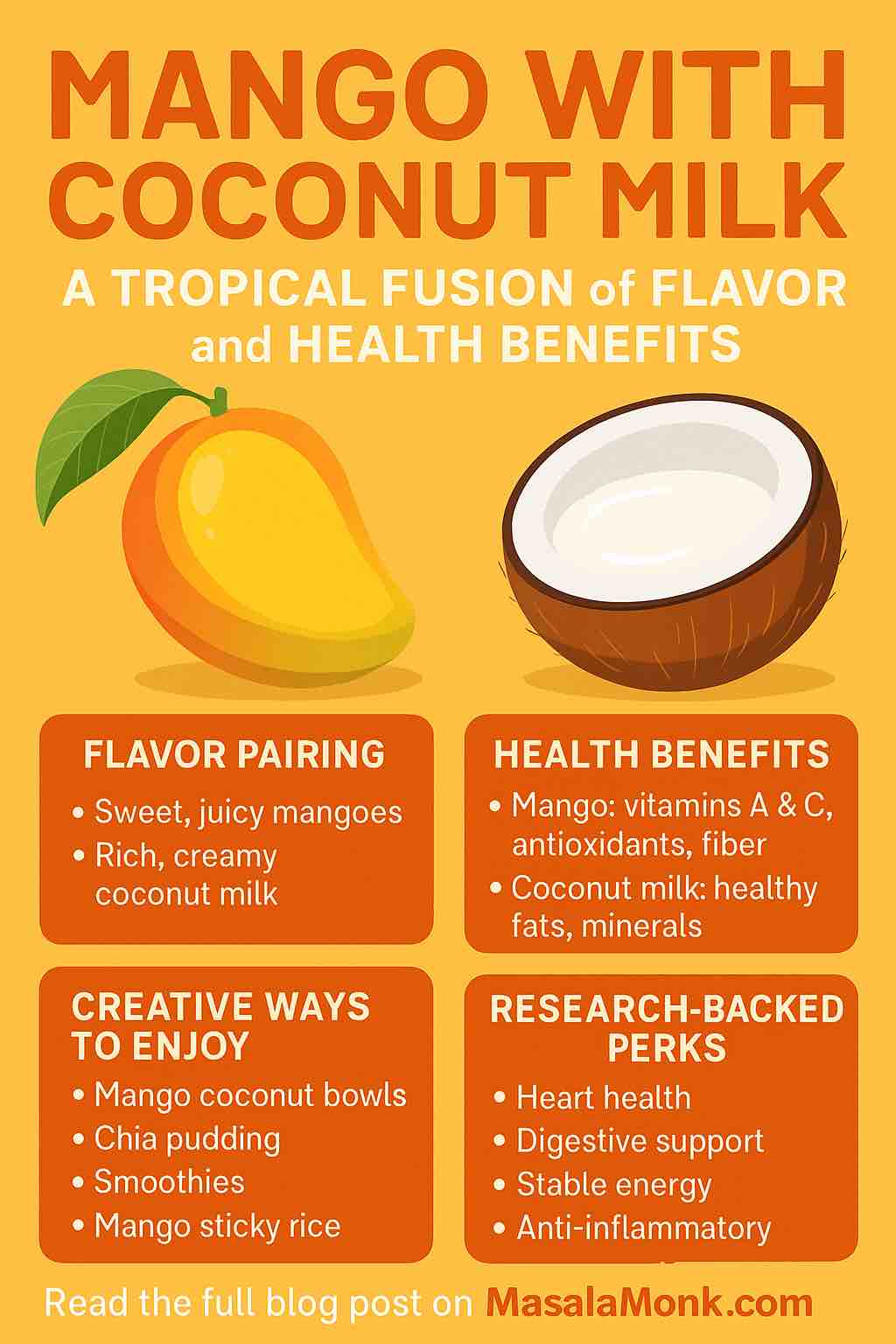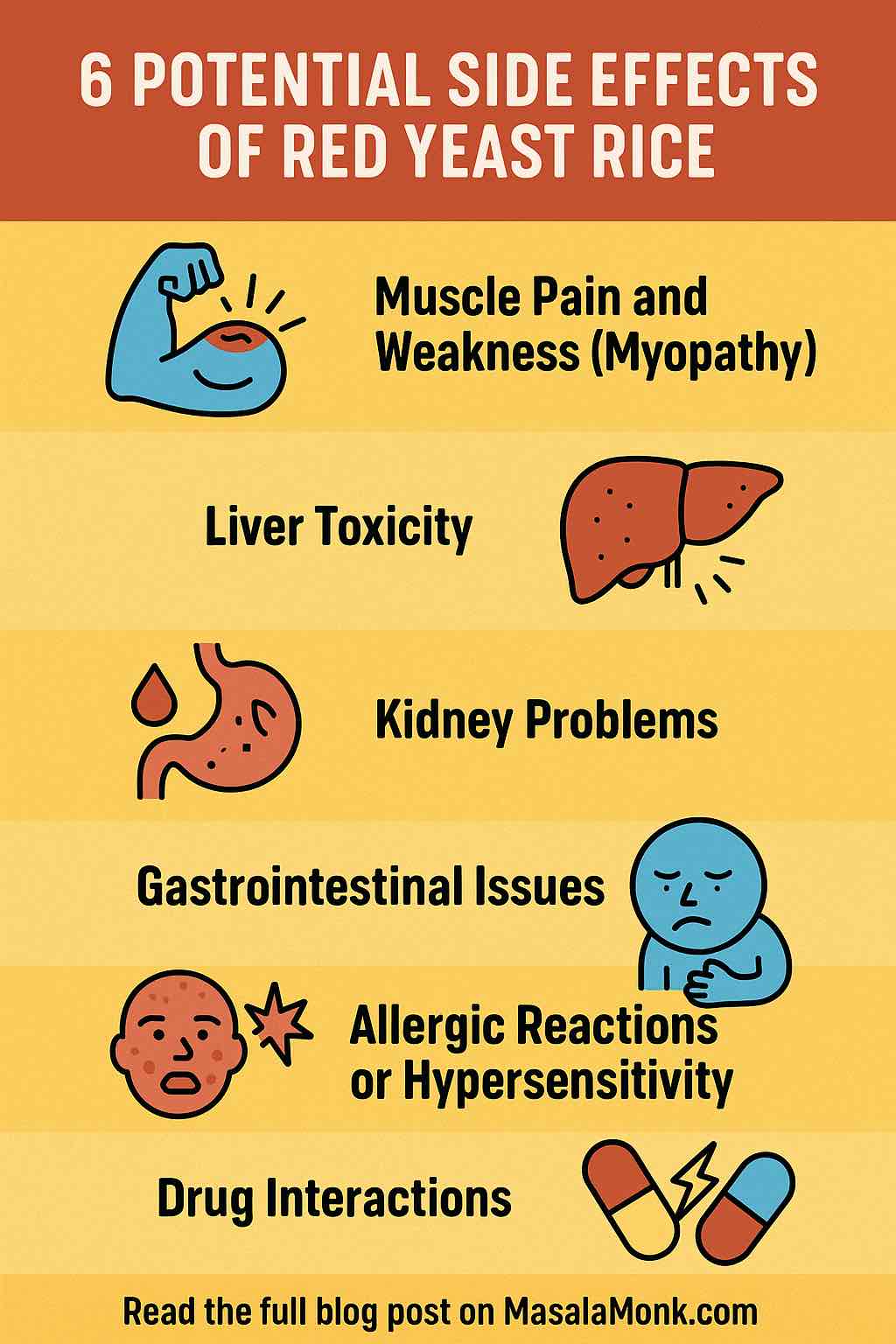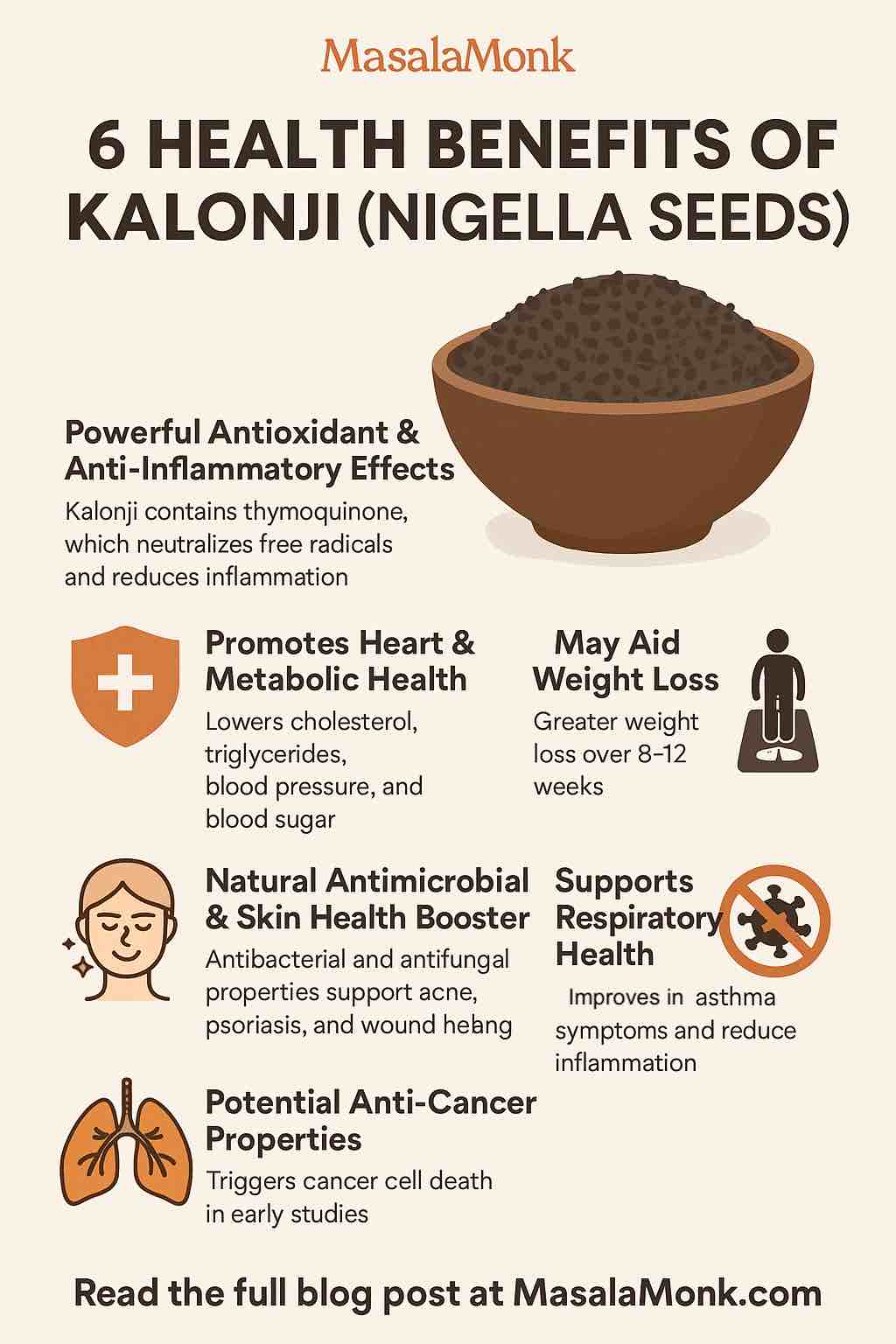
Imagine a bowl of ripe, juicy mangoes draped in silky coconut milk—sweet, creamy, and impossibly fresh. This is more than a treat; it’s a centuries-old staple across the tropics, celebrated from the bustling markets of Bangkok to the vibrant kitchens of Mumbai. But mango with coconut milk isn’t just about flavor; it’s a dynamic duo delivering a range of health benefits, backed by both tradition and modern science.
Whether you’re looking for a healthy dessert, a quick breakfast, or simply a taste of summer all year round, this tropical combo is a must-try. Let’s explore its origins, nutritional power, creative recipes, and why it deserves a spot in your regular routine.
The Tropical Roots: More Than Just a Sweet Treat
The marriage of mango and coconut milk is woven through the food culture of Southeast Asia, South Asia, and beyond. In Thailand, mango sticky rice (Khao Niao Mamuang) reigns as a national dessert. Across the Philippines, coconut-based sweets like ginataang halo-halo often feature mango as a starring fruit. In India, mango and coconut milk unite in vegan smoothies, puddings, and festive treats.
This pairing isn’t accidental: both ingredients thrive in warm, humid climates, and both offer dense nutrition designed by nature for energy, hydration, and sustenance.
Flavor Profile: A Balancing Act
- Mango: Sweet, floral, slightly tangy, and aromatic.
- Coconut milk: Rich, creamy, with a hint of sweetness and tropical perfume.
Together, they create a flavor harmony—refreshing yet decadent. Mango’s acidity cuts through the richness of coconut milk, making each bite lively but balanced.
Latest Research: Health Benefits Unveiled
Recent studies have shone a spotlight on the unique health perks of each ingredient—and what happens when you bring them together.
Mango: More Than Vitamin C
- Cardiometabolic Support: A 2025 study by UC Davis found that eating 1.5 cups of mango daily for just two weeks reduced blood pressure and improved cholesterol in postmenopausal women.
- Blood Sugar Balance: Mango polyphenols (like mangiferin and quercetin) have been linked to improved insulin sensitivity and reduced blood sugar spikes—without the negative effects of refined sugars.
- Digestive Health: High fiber content (2.6g/cup) supports regularity and a healthy gut microbiome.
- Immunity & Skin: Rich in vitamins A and C, essential for skin glow and immune defense.
Coconut Milk: The Creamy Nutritional Booster
- Medium-Chain Triglycerides (MCTs): Quick-burning fats that boost metabolism and provide lasting energy.
- Electrolytes: Potassium, magnesium, and manganese for hydration, muscle, and nerve function.
- Gut-Friendly Fats: MCTs and natural prebiotics may promote a diverse, healthy gut microbiome.
- Plant-Based and Lactose-Free: A safe option for those with dairy allergies or vegan diets.
The Combo: Synergy in a Bowl
When you combine the two:
- Heart Health: Mango’s cholesterol-lowering effects + coconut’s HDL-boosting MCTs.
- Stable Energy: Fiber from mango + fats from coconut milk = slow, steady release of energy.
- Hydration and Recovery: Electrolytes in coconut milk plus the water content of mangoes make this pairing excellent for rehydration after exercise or in hot weather.
- Anti-Inflammatory: Both are rich in antioxidants that may help fight inflammation and oxidative stress.
Practical Ways to Enjoy Mango and Coconut Milk
Let’s get real: you don’t need fancy equipment or rare ingredients to make this at home. Here are some delicious, approachable ideas:
1. Classic Mango Coconut Bowl
Ingredients:
- 1–1.5 cups ripe mango, cubed or sliced
- ½–1 cup coconut milk (unsweetened)
- Optional: 1 tsp honey or maple syrup, pinch of salt, lime zest
Directions:
- Arrange mango in a bowl.
- Pour coconut milk over mango. Drizzle with honey if using.
- Top with lime zest and a pinch of salt for brightness.
- Serve chilled, with toasted coconut flakes if desired.
2. Mango Coconut Chia Pudding
Ingredients:
- 1 cup coconut milk
- 2–3 tbsp chia seeds
- 1 cup diced mango
- 1 tsp vanilla (optional)
Directions:
- Mix chia seeds with coconut milk and vanilla. Chill overnight.
- Layer chia pudding with mango in a glass.
- Top with extra fruit or nuts for crunch.
3. Mango Coconut Smoothie
Ingredients:
- 1 cup frozen mango
- ¾ cup coconut milk
- ½ banana (for extra creaminess)
- Squeeze of lime
Directions:
Blend until smooth and enjoy as a refreshing snack or breakfast.
4. Thai-Inspired Mango Sticky Rice (Quick Version)
Ingredients:
- 1 cup cooked sticky rice (or jasmine rice)
- 1–2 ripe mangoes
- 1 cup coconut milk
- 2 tbsp sugar
- Pinch of salt
- Toasted sesame seeds (optional)
Directions:
- Warm coconut milk with sugar and salt. Pour half over the rice, let soak.
- Plate rice with sliced mango. Drizzle remaining coconut milk sauce on top.
- Garnish with sesame seeds.
Tips for Best Results
- Choose ripe, fragrant mangoes. The sweetness matters!
- Opt for full-fat, unsweetened coconut milk for maximum creaminess—shake or stir before use.
- Control sugar: Both ingredients are naturally sweet; minimize added sweeteners.
- Make it a meal: Add a scoop of protein powder, Greek yogurt (if not vegan), or chia seeds to turn this into a filling breakfast.
- Seasonal swaps: When mango isn’t in season, try pineapple or papaya for a twist.
Potential Pitfalls & How to Avoid Them
- Calories & Fat: Coconut milk is calorie-dense. Use smaller portions or dilute with water if you’re watching intake.
- Canned vs. Fresh: Fresh coconut milk tastes better and has fewer additives, but canned is convenient. Always check labels for unnecessary ingredients.
- Allergies: Though rare, coconut allergies do exist. Always check if serving guests.
Cultural Fun Facts
- Mango is the national fruit of India, Pakistan, and the Philippines.
- In Ayurveda, both mango and coconut are considered cooling foods—ideal for hot weather.
- Mango sticky rice is traditionally eaten in Thailand at the end of the hot season, celebrating the mango harvest.
Conclusion: Savor the Tropics, Savor Your Health
Mango with coconut milk isn’t just a treat—it’s a celebration of sunshine, flavor, and health. Backed by new research and centuries of tradition, it offers something for everyone: athletes, foodies, vegans, kids, and anyone seeking joy in a bowl.
Next time you spot ripe mangoes, don’t just eat them plain. Pair them with coconut milk, try one of these recipes, and experience a fusion that’s as good for your body as it is for your soul.
Ready to Try?
If you’ve got questions, want more recipes, or need tips for special diets (like low-sugar or high-protein versions), let me know in the comments!
Or—share your own favorite ways to enjoy this tropical duo!
References:
- Latest Mango Studies – UC Davis, 2025
- Coconut Milk Health Benefits – Verywell Health, 2025
- Mango Nutrition – Cleveland Clinic
- Functional Foods: Coconut & Mango – ResearchGate, 2024
FAQs: Mango with Coconut Milk
1. Is mango with coconut milk healthy for everyday consumption?
Answer: Yes, in moderation. Both mango and coconut milk offer beneficial nutrients (vitamins, antioxidants, healthy fats), but coconut milk is high in calories and saturated fat. Stick to appropriate portions and limit added sugars.
2. Can people with diabetes enjoy mango and coconut milk?
Answer: In controlled portions, yes. Recent research shows mango may help stabilize blood sugar, but it still contains natural sugars. Use unsweetened coconut milk and avoid adding extra sweeteners. Always consult your healthcare provider for personal recommendations.
3. Is this combination suitable for a vegan or dairy-free diet?
Answer: Absolutely! Both mango and coconut milk are plant-based and naturally free from dairy and animal products.
4. What type of coconut milk is best: canned, carton, or fresh?
Answer: Full-fat canned coconut milk offers the richest texture and flavor. Fresh coconut milk is ideal if available. Carton versions are usually more diluted and can contain additives—check ingredient labels for purity.
5. How can I make this dish lower in calories or fat?
Answer: Use light (reduced-fat) coconut milk, dilute regular coconut milk with water, and watch your portion size. Adding extra fruit or chia seeds can help increase volume and fiber without extra fat.
6. Can I prepare mango with coconut milk ahead of time?
Answer: Yes! Many recipes (like puddings or smoothie bowls) benefit from chilling and can be stored in the fridge for up to two days. Add fresh mango just before serving for best texture.
7. Are there any allergy concerns with coconut milk?
Answer: Coconut allergies are rare but possible. If you have a tree nut allergy, check with your doctor, as coconut is technically a fruit, not a nut, but cross-reactivity can occur.
8. What are good toppings or add-ins for more nutrition?
Answer: Try chia seeds, flaxseeds, sliced almonds, berries, toasted coconut flakes, or a sprinkle of cinnamon for extra flavor and nutrition.
9. Is it safe for kids and toddlers?
Answer: Yes, if there are no allergies. Use unsweetened coconut milk and limit added sugars. Mango is soft and easy to digest—just cut it into age-appropriate pieces.
10. Can I use frozen mango instead of fresh?
Answer: Definitely! Frozen mango works well in smoothies, puddings, and bowls, and offers nearly the same nutrition as fresh. Thaw or blend directly from frozen as needed.













